Macau is a small city near China with a very interesting mix of old and new. It was once a Portuguese colony, so you can find buildings and streets that look European, but it also has many Chinese traditions. Walking through Macau’s streets feels like reading a story about history, art, and culture all at once. If you want to enjoy a city that shows careful design and history in every corner, Macau is worth your time.
Table of Contents

Walking Through Macau’s Historical Buildings
One of the most famous places in Macau is the Ruins of St. Paul’s. This old church front stands alone on a small hill. It was built in the 17th century and is carefully made with stone and many small details. The architecture shows strong shapes and beautiful carvings that tell stories about religion and the past. Even though the church burned down long ago, this front wall remains as a proud symbol.

Nearby, Senado Square offers a wide open area paved with colorful stones in wave patterns. The square is surrounded by buildings painted in soft pastel colors with European-style windows and arches. It is a perfect example of Macau’s urban design, combining shapes and colors in a balanced way. The square is lively, full of shops and local life, but still holds a classical beauty that invites rest and reflection.

Modern Macau: Casinos and Bridges
While Macau honors its past, it also has modern landmarks with grand engineering. The Macau Tower, tall and slender, rises above the city. It looks like a large needle pointing to the sky. Visitors can go up to see the city from above or even try bungee jumping, which is one of the highest in the world. The tower’s structure shows high craftsmanship in steel and glass, blending safety with elegance.
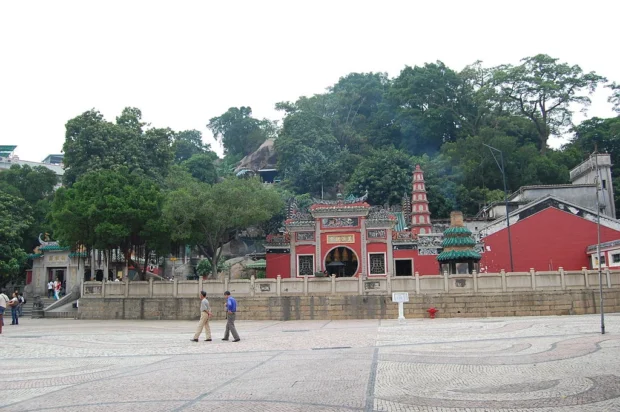
Another engineering marvel is the Ponte Governador Nobre de Carvalho, the first bridge connecting Macau Peninsula and Taipa Island. Its strong concrete frame and long arches support a steady flow of vehicles and pedestrians. The bridge symbolizes Macau’s growth and connection with the outside world. Walking across it offers views of the sea and the city’s changing skyline, mixing old rooftops and glass towers.
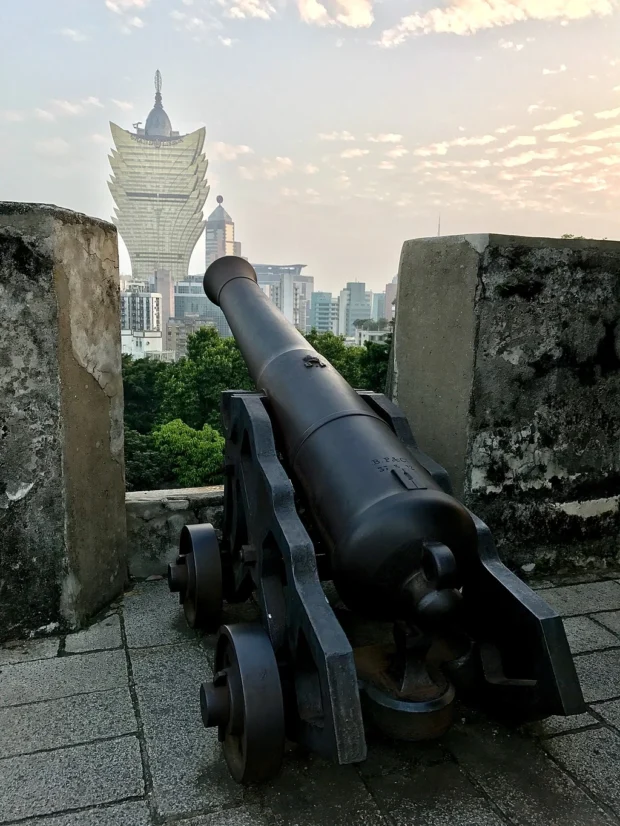
Getting Around Macau: Easy and Convenient
Macau’s public transport is simple and clean. Buses run often and reach most places, including the airport. Speaking of the airport, it is modern and easy to navigate. Visitors can take a bus straight from the airport to downtown areas like Senado Square or the casinos. It is a good way to start exploring without stress.
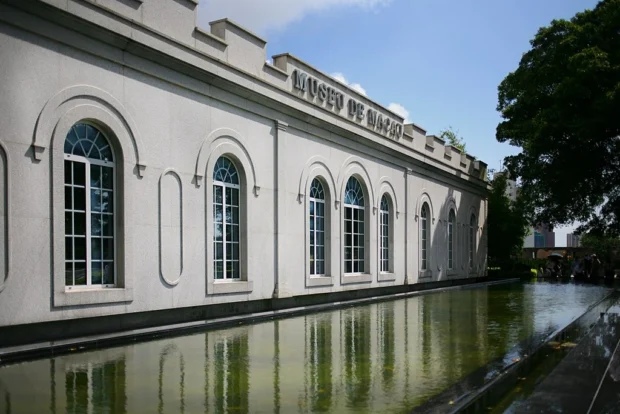
One interesting feature is Macau’s light rail system, which connects key districts smoothly. It shows the city’s effort to blend efficient urban planning with good design. Walking is also pleasant here, especially in old neighborhoods with narrow lanes and decorative street lamps.
For those interested in urban connections and unique bridges, our San Francisco guide highlights iconic structures and transport that shape the city’s flow.
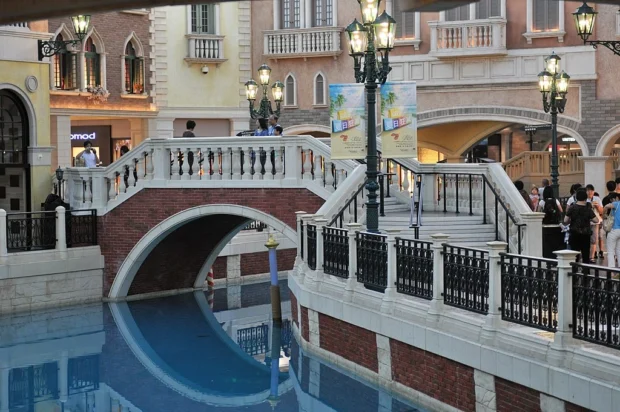
Taste Macau’s Rich Food Traditions
Macau’s food is another expression of its rich culture. In the Taipa Village area, you find small eateries selling Portuguese egg tarts. These are sweet pastries with a creamy egg filling and a slightly burnt top. The crust is crisp and the taste is simple but unforgettable. Another famous dish is African Chicken, which mixes spices and coconut milk from Africa brought via Portuguese influence, creating bold flavors.

Street food markets offer a chance to try pork chop buns or dim sum in a casual setting. The food looks colorful and is made with fresh ingredients. Eating in Macau often feels like tasting history on a plate, combining Chinese and Portuguese recipes with care.
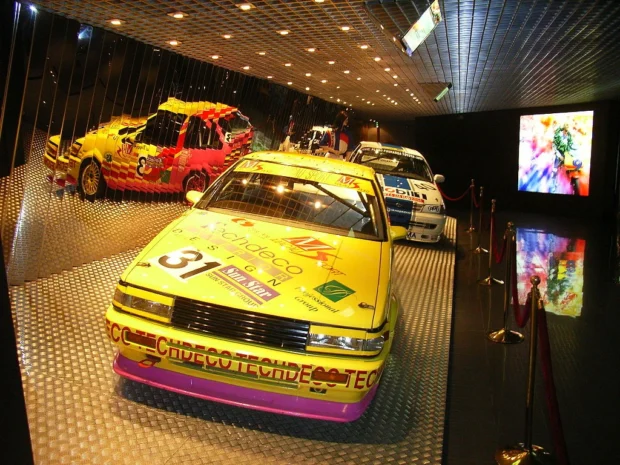
Respectful Customs and Local Sayings
Macau’s people are friendly and polite. When you meet someone, a small nod or slight bow shows respect. It is good to avoid talking loudly in public places or while eating. Also, giving or receiving items with two hands is common and shows good manners.
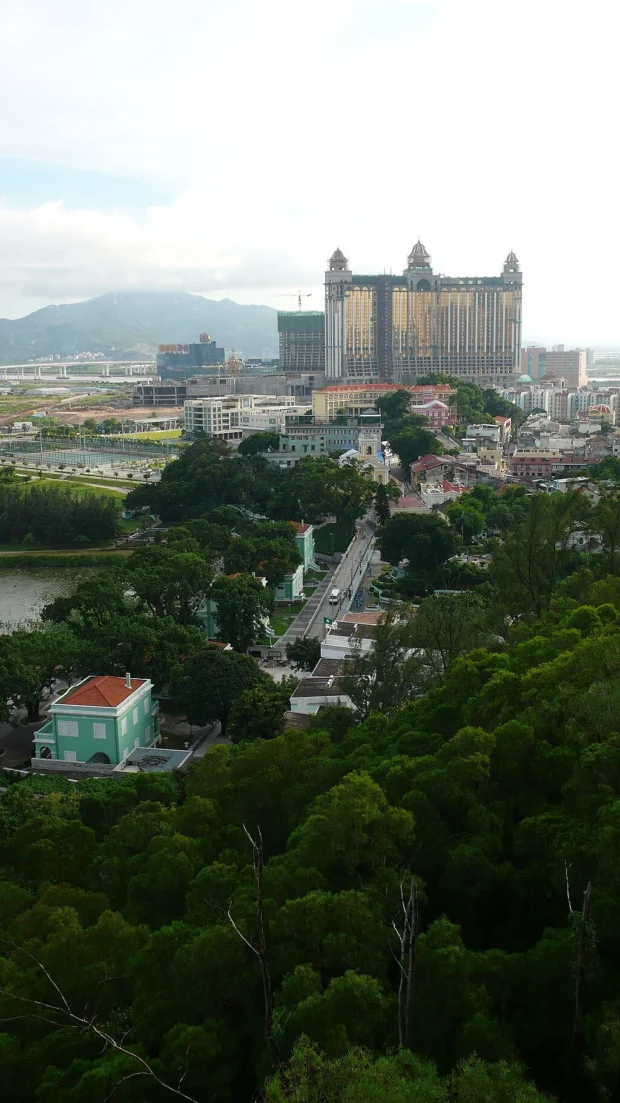
Here are a few local phrases in Cantonese, the main language spoken in Macau, which can help you connect with locals:
- “Nei hou” (nay ho) means “Hello”.
- “Mgoi” (m-goi) is the polite way to say “Thank you”.
- “Jo san” (jo san) means “Good morning”.
- “Bat yiu” (but yew) means “No, thank you”.
Using these simple words shows respect and opens conversations. Many people also understand some English, especially in tourist areas.
Quiet Corners and Small Wonders
Away from busy places, Macau has quiet temples such as A-Ma Temple. This sacred site is carefully built with wooden roofs that curve upward and stone carvings telling old stories. Visiting here offers calm and a chance to see how local people pray and remember old traditions.
Another small treasure is the Taipa Houses Museum, where old Portuguese-style houses have been preserved and turned into a place for art exhibitions. These houses show simple but elegant design, with tiled roofs, tall windows, and colorful walls. It is a nice place to see how people once lived in Macau, with attention to light and space.
Where To Stay for a Comfortable Visit
Macau offers many places to sleep, from cozy guesthouses in old neighborhoods to modern buildings near the coast. Choosing a place near Senado Square or the Cotai Strip is convenient for sightseeing and entertainment. If you prefer a quieter stay, look for lodgings near Taipa Village, where streets are peaceful and food markets are close by. Most accommodation has easy access to buses and the light rail, making daily trips easy.
Final Thoughts on Macau’s Architecture and Culture
Macau is a city where every building tells a story. Walking from the Ruins of St. Paul’s to the modern casinos shows how design changes with time but keeps respect for form and detail. The balance between Chinese and Portuguese styles creates a cultural dialogue visible in streets and food. The city’s calm temples and lively squares invite visitors to pause and appreciate skilled craftsmanship and thoughtful urban planning.
For those intrigued by cities where history and modern life blend beautifully, Dresden offers a unique mix of grand architecture and vibrant street life to enjoy next.
If you enjoy seeing how old and new come together with care and skill, Macau offers many postcard moments and quiet spots full of meaning. The city’s customs, food, and language add layers to the visit, making it more than just sightseeing – it feels like stepping into a carefully crafted living museum.
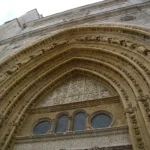
- Fountain Macau by Philip Nalangan on Wikimedia Commons – cc by 4.0
- Ruins of st.Paul by Anisha Indurkar on Wikimedia Commons – cc by-sa 4.0
- Largo do Senado 04-02-2023(5) by LN9267 on Wikimedia Commons – cc by-sa 4.0
- Macau Tower CE Centre by Whhalbert on Wikimedia Commons – cc by-sa 3.0
- A-Ma Temple (1387764934) by edwin.11 on Wikimedia Commons – cc by 2.0
- Macau fort by kallerna on Wikimedia Commons – cc by-sa 3.0
- Veduta del Museo di Macao, Macao (Museu de Macau) by Paolobon140 on Wikimedia Commons – cc by-sa 4.0
- 澳门赌场 Macau Casino 澳门路凼城 Macau Cotai City China Xinjiang – panoramio (7) by 罗布泊 on Wikimedia Commons – cc by 3.0
- MC Macau Peninsula 1327pm old zone 議事前地 Largo do Senado 玫瑰聖母堂 Igreja de São Domingos church November 2023 R12S 03 by Kamfutiam Georgez on Wikimedia Commons – cc0
- Grand Prix Museum 50815 17 by No machine-readable author provided. KAMSAND23 assumed (based on copyright claims). on Wikimedia Commons – cc by-sa 2.5
- Taipa Old City Overview – panoramio by calvinstkm on Wikimedia Commons – cc by-sa 3.0
